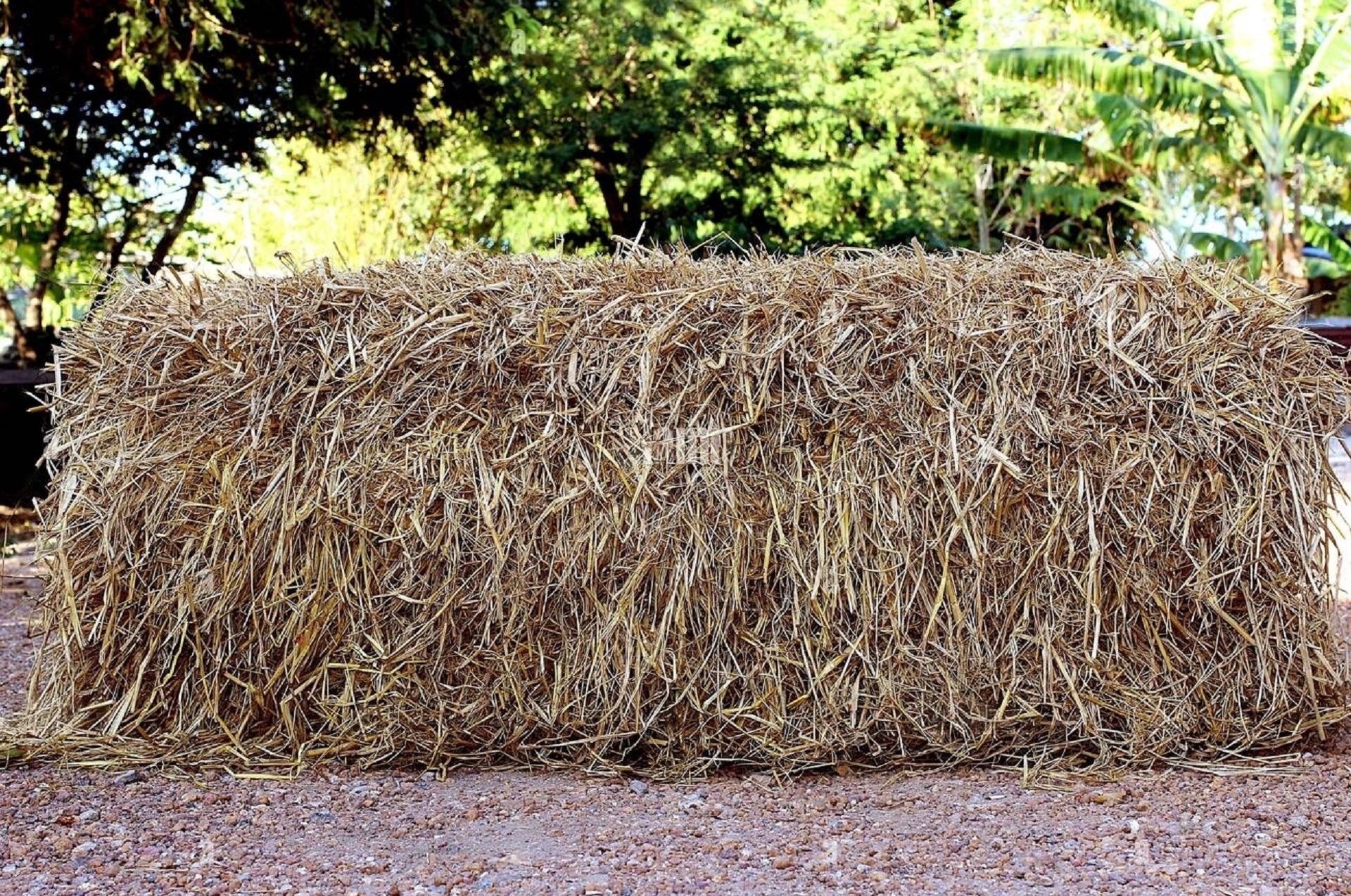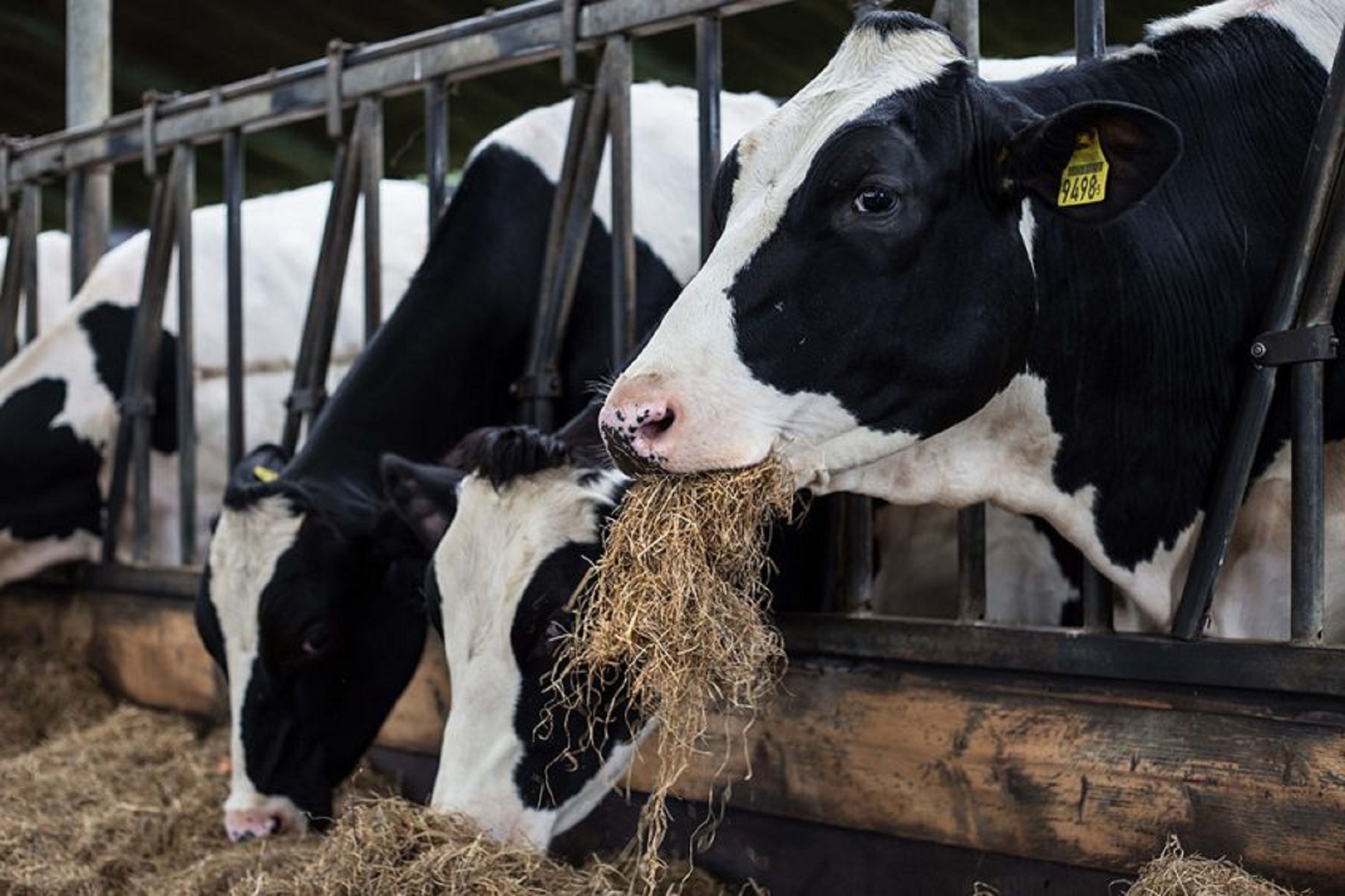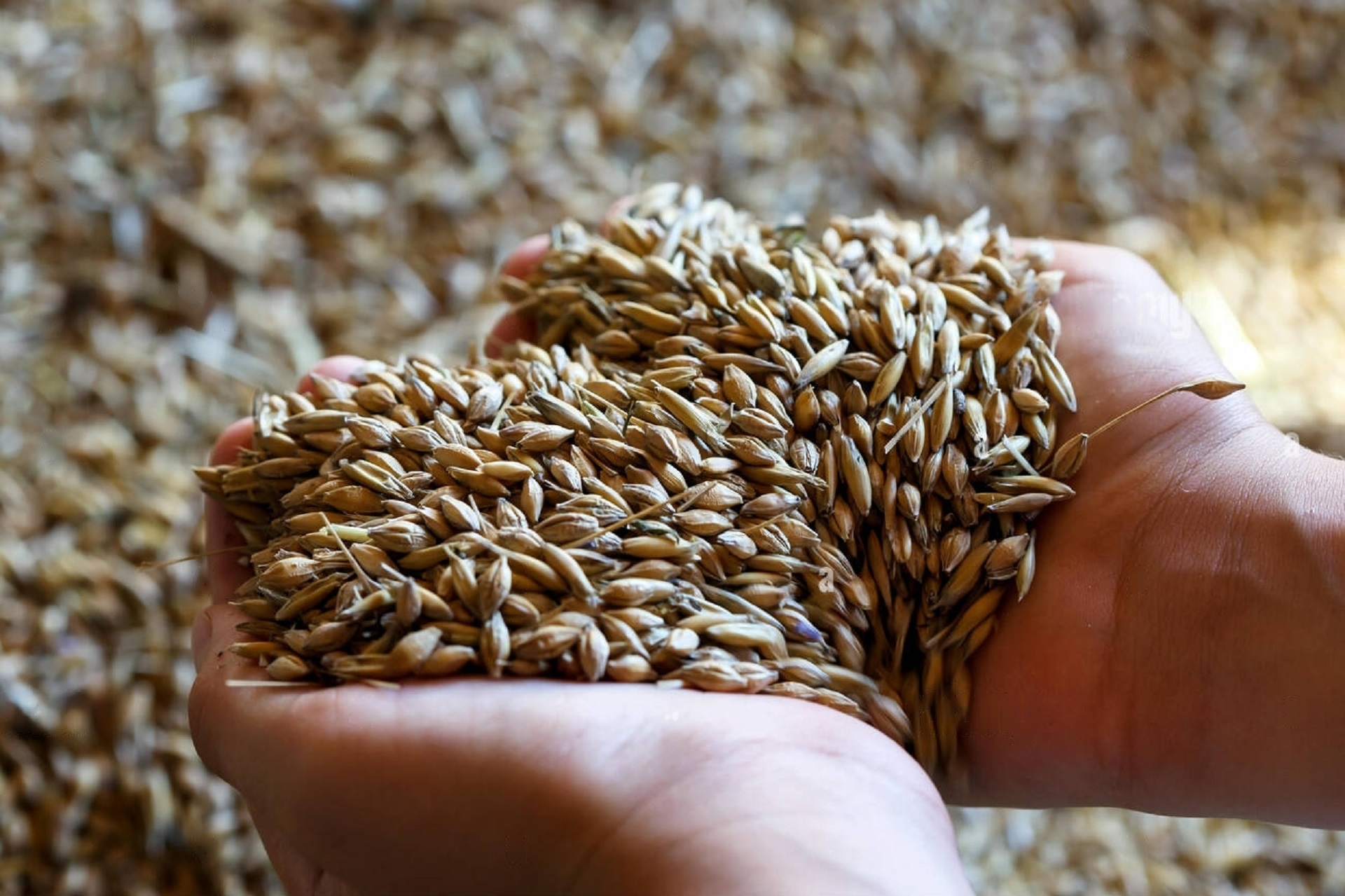Barley is a nutritious and popular cereal grain that is commonly used as an animal feed for livestock, especially for ruminants like cattle, sheep, and goats. Barley is a good source of energy, protein, fiber, and minerals like phosphorus, potassium, and magnesium, which are essential for animal growth and development.
Barley


Overall, barley is a nutritious and cost-effective animal feed that can provide many health benefits to livestock when included in a balanced diet.
Common specifications
Here are some common specifications for barley used as animal feed:
| Moisture content | Barley for animal feed should have a moisture content of 12% or less to prevent spoilage and mold growth. |
| Protein content | The protein content of barley can range from 8-15%, depending on the variety and growing conditions. Higher protein content is generally preferred for animal feed, especially for animals with higher protein requirements, such as young or lactating animals. |
| Fiber content | The fiber content of barley can range from 6-12%, depending on the variety and growing conditions. Lower fiber content is generally preferred for animal feed as it is more easily digestible. |
| Energy content | Barley is a good source of energy for livestock, and the energy content can range from 3,000-3,500 kcal/kg, depending on the variety and growing conditions. |
| Fat content | The fat content of barley is relatively low, usually around 2-3%. However, some varieties may have higher fat content, which can provide additional energy for livestock. |
| Mineral content | Barley is a good source of minerals, especially phosphorus and potassium. The mineral content can vary depending on the variety and growing conditions. |
| Particle size | The particle size of barley can affect its digestibility and feeding characteristics. For example, finely ground barley is more easily digestible but may cause digestive upset if fed in large quantities. Coarsely ground or whole barley may be more appropriate for some types of livestock. |
These are some common specifications for barley used as animal feed, but there may be additional specifications depending on the intended use and market requirements. It’s important to work with a qualified nutritionist or veterinarian to determine the appropriate feed for your specific animals and production goals.
Barley
| * Protein content | 9-14% |
| * Moisture content | 12% maximum |
| * Fiber content | 4-8% |
| * Foreign matter | 2% maximum |
| * Broken kernels | 5% maximum |
| * Damaged kernels | 5% maximum |
| * Aflatoxin level | less than 20 parts per billion (ppb) |
Please note that these specifications are subject to change based on the source and processing method. If you have any specific requirements or questions regarding our products, please do not hesitate to contact us.
